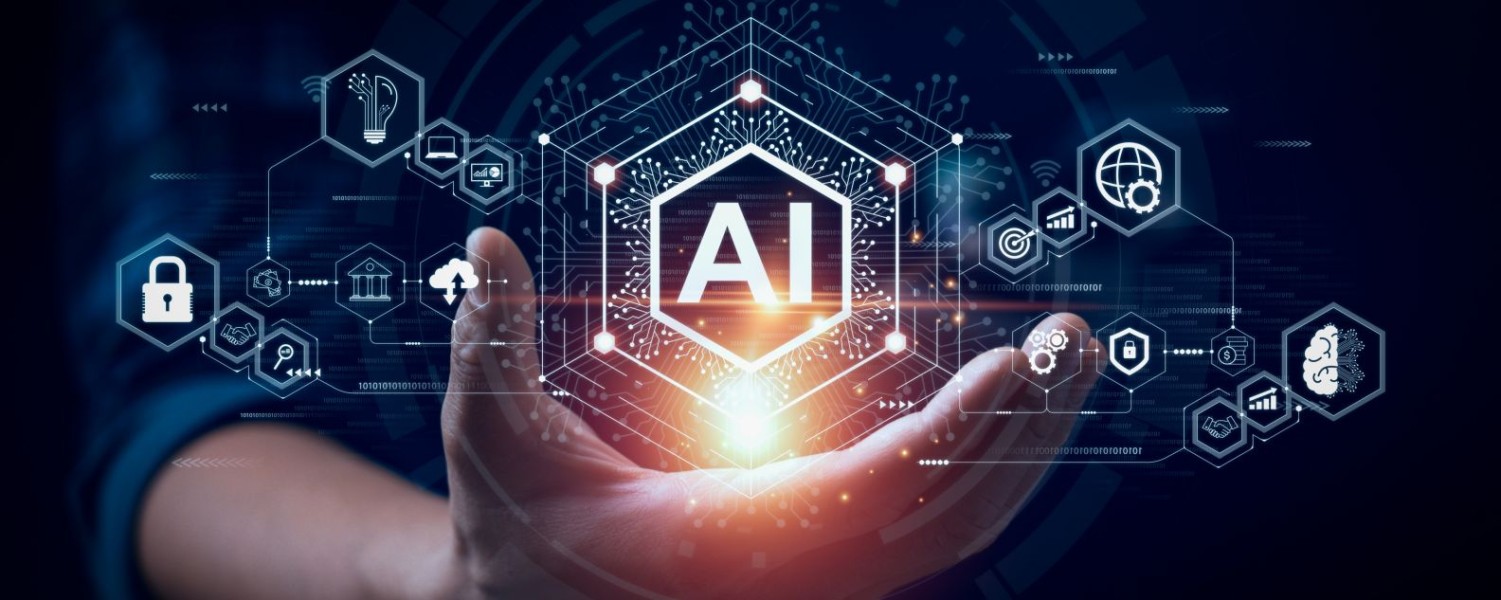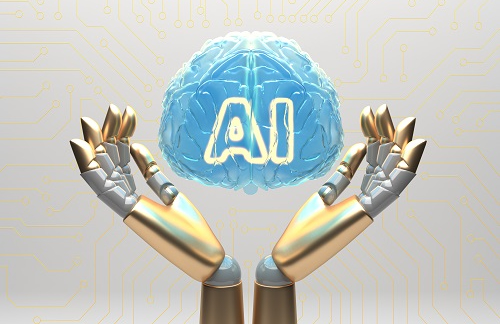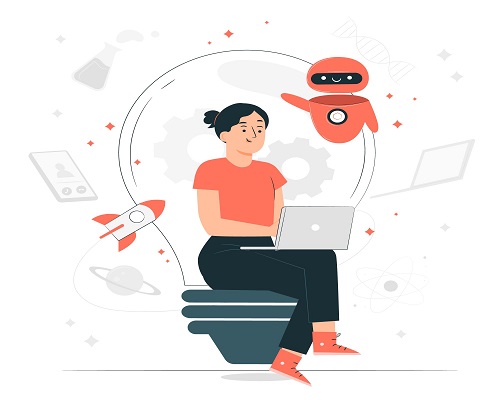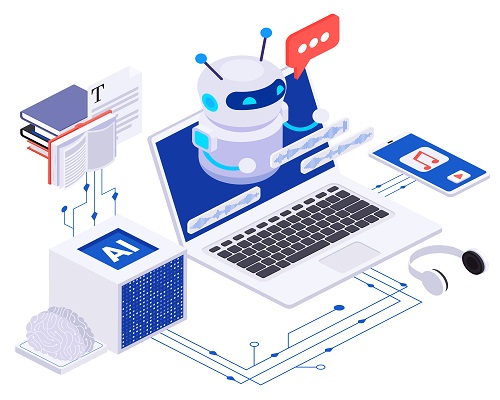We, at Excelsoft, have been pioneers in adopting advanced technologies into our products at an early stage of their inception and keep pace with the evolution of the technology. In the same vein, we see immense potential in Artificial Intelligence(AI) to transform the Edtech landscape by providing new experiences. We deeply think about meaningful adoption of AI into our products.
How AI can help in Human evolution
One of the key aspects in adoption of AI is to understand utility of AI is dependent on the fundamentals humans have in the sphere of activity -say learning. Therefore, there is a necessity for AI assistants to cater to the knowledge levels of humans. Then evolve the human understanding to higher states. As an example, we will see the use of AI in the sport of chess. Chess players were pioneers in using AI as an assistant. This led to an advancement of knowledge of chess concepts and patterns. AI engines such as Stockfish changed the game forever. A single chess match used to happen over days with many adjournments of a position. The teams had to work out manually on the right moves their player must play on resumption. The evolution of human understanding of chess, driven by AI engines, has led to matches now being challenged within 7-8 hours.
Today’s AI needs to be adapted to human comprehension

In due course of time, AI engines became more powerful after training on higher quality games of evolved players. At the stroke of the millennium, they were evaluated against very strong chess players such as Kasparov and Kramnik. The realization was humans cannot defeat the brute power of AI chess engines. In the following two decades, they have become contextually aware and more powerful that the World No. 1 Carlsen has said he does not fancy playing against AI engines. These events elucidate the fact human intelligence trained over several decades are never a match to AI trained over a few months or days. Understanding AI’s output requires a sufficient level of human development. So, it is essential to calibrate AI to aid within the realms of human comprehension. Funnily, the all-powerful AI’s utility is constrained by what humans can or cannot understand.
How human evolution can make AI stronger

It also highlights another important fact. Advancement of human understanding has led to more powerful AI engines in chess as the quality of training data improved over time. On the one hand, there is a huge amount of investment being made in the field of AI to aid human lives. Lest we forget that AI has no traceability, and their usage needs to be understood by humans uncovering the patterns in the responses. Understanding that humans and AI need to co-exist to sustain AI is essential. AI is a developing field, and practitioners are still beginning to understand its potential uses. Therefore, to ensure useful progress of AI continues, we must actively discuss the future of AI in its early stages. We need to drive and invest in human evolution to unleash the full potential of AI. As the saying goes, iron sharpens iron, AI and humans must sharpen each other. This human and AI harmony must be there to ensure AI is a force of good.
Let us take a use case in learning to explain this. For example, there are understandable constraints for teachers to follow a personalized teaching approach. Let us take an example of a math teacher in Class XI teaching a student how to find slope of geometric figures. Since eleventh grade curriculum dictates use of calculus to do the same the teacher may not adopt a different approach towards a person still trying to understand finding slopes using more straightforward methods. In this scenario, an AI based teaching assistant can understand the current knowledge level and follow an approach to evolve the student from simpler to advanced concepts. Ultimately, this student will start scoring well, quality of data generated is high-quality which makes the AI engine stronger and progress to the next level.
Read these blogs to discover the latest insights on AI in Education :
- AI in Education Technology
- The Age of AI in Education: Promises and Concerns
- Unveiling the Hidden Biases: A Deep Dive into Bias in Artificial Intelligence















